1. **Stage 1: Preparation** Research the customer's industry and their company.
1.1. Things to discover
1.1.1. - What are their business goals and what challenges do they face?
1.1.2. - What are the customer's pain points and how can your product or service address them?
1.1.3. - What is the customer's unique selling proposition (USP) and how they use it to differentiate themselves from competitors?
1.2. Example questions to ask at this stage:
1.2.1. - What do you know about our company and our product/service?
1.2.2. - What are your business goals for the next year?
1.2.3. - What challenges are you currently facing?
2. **Stage 2: Discovery** Ask open-ended questions to understand the customer's needs and challenges.
2.1. Things to do
2.1.1. - Listen carefully to the answers. Let them speak without interruptions.
2.1.2. - Explore the customer's current situation, pain points, and desired outcomes.
2.1.3. - Use active listening and note-taking to gain a deeper understanding of the customer's needs.
2.2. Example questions to ask at this stage:
2.2.1. - Can you tell me more about your current situation and challenges?
2.2.2. - What are the most important factors you consider when making a purchasing decision?
2.2.3. - How have you addressed similar challenges in the past?
3. **Stage 3: Recommendation** Fill this part with as much value as possible from your expertise and personal experiences.
3.1. Things to do
3.1.1. - Provide personalized recommendations that address the customer's specific needs and challenges.
3.1.2. - Offer a customized solution that is tailored to the customer's unique situation.
3.1.3. - Explain how your product or service can help the customer achieve their desired outcomes.
3.2. Example questions to ask at this stage:
3.2.1. - Based on what we've discussed, I think our product/service can help you in the following ways. What do you think?
3.2.2. - How do you envision using our product/service to achieve your goals?
3.2.3. - Are there any additional features or services that would be helpful for you?
4. **Stage 4: Objection Handling** Objections are an opportunity to collaborate and find common ground. Embrace is as a blessing.
4.1. Things to do
4.1.1. - Address any objections or concerns the customer may have about your product or service.
4.1.2. - Provide additional information or clarification to address any misunderstandings.
4.1.3. - Show the customer how your product or service can address their specific needs and challenges.
4.2. Example questions to ask at this stage:
4.2.1. - I understand you have some concerns about our product/service. Can you tell me more about what's holding you back?
4.2.2. - How do you think our product/service compares to other solutions on the market?
4.2.3. - Can you tell me more about what you're looking for in a solution?
5. **Stage 5: Closing** Seal the deal, reach agreements and formalize commitments.
5.1. Things to do
5.1.1. - Ask for the sale or a commitment to move forward.
5.1.2. - Confirm the customer's interest and address any remaining questions or concerns.
5.1.3. - Discuss the next steps and timeline for implementation.
5.2. Example questions to ask at this stage:
5.2.1. - Based on our conversation, I believe our product/service is a good fit for your needs. Are you ready to move forward with the purchase?
5.2.2. - What questions or concerns do you still have that I can address?
5.2.3. - What is your timeline for making a decision and implementing the solution?
